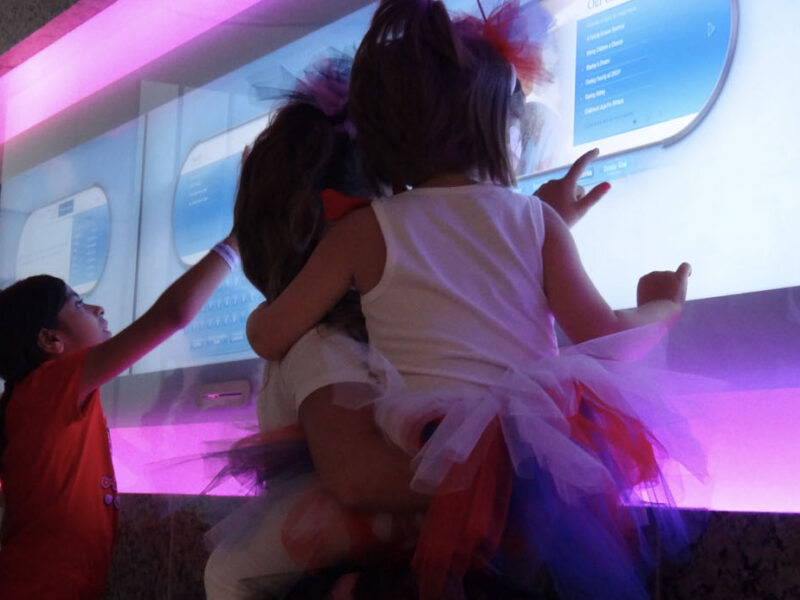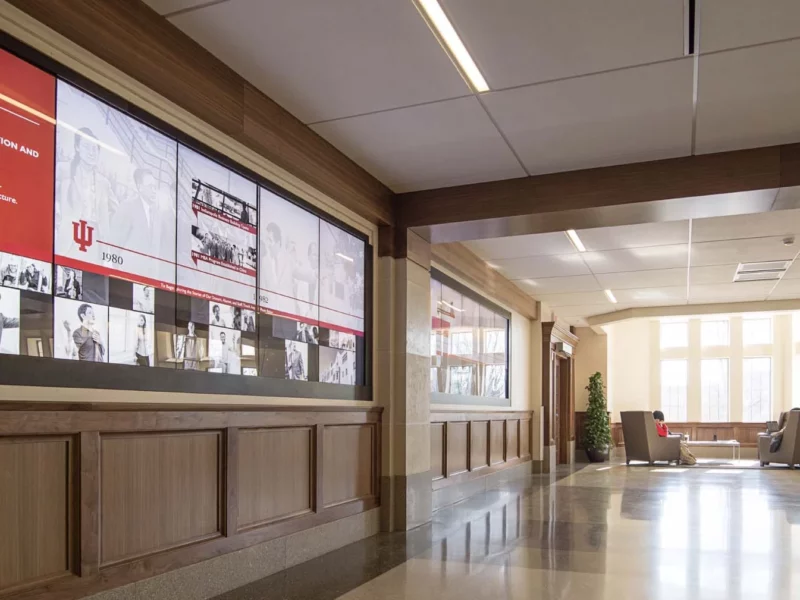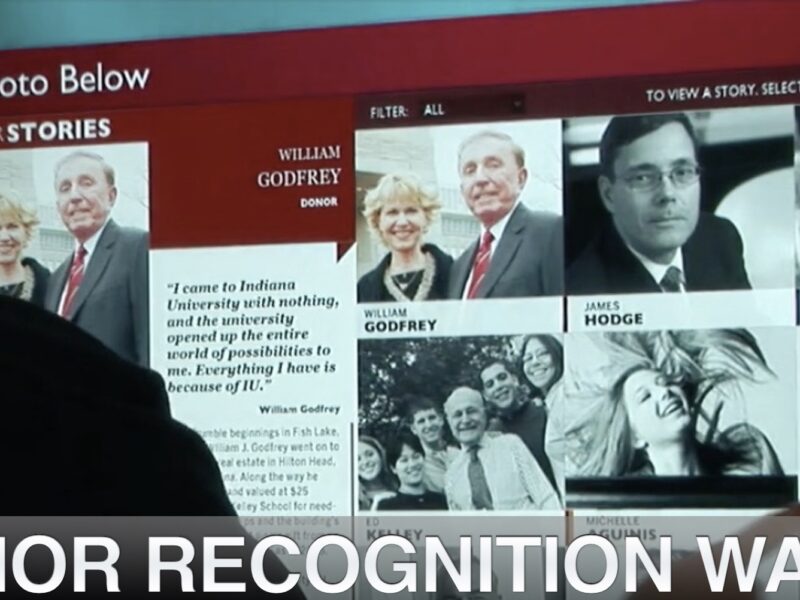Donor Recognition Walls
Lusens designs, creates, and installs Interactive Donor Recognition Walls that engage, inform, and inspire audiences. Enhance capital campaigns by celebrating your donors while informing audiences about your organization's mission, vision, and needs.






